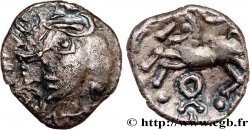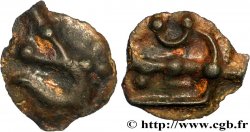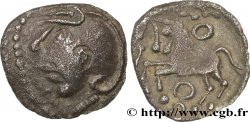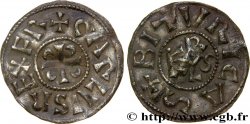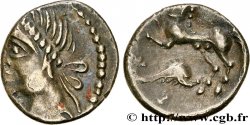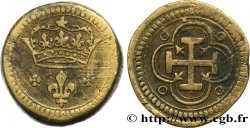Live auction - bga_616541 - EDUENS, ÆDUI (BIBRACTE, Area of the Mont-Beuvray) Denier BELINOC à la corne d’abondance
You must signin and be an approved bidder to bid, LOGIN TO BID. Accounts are subject to approval and the approval process takes place within 48 hours. Do not wait until the day a sale closes to register. Clicking on "BID" constitutes acceptance of the terms of use of cgb.fr private live auctions.
Bids must be placed in whole Euro amounts only. The sale will start closing at the time stated on the item description; any bids received at the site after the closing time will not be executed. Transmission times may vary and bids could be rejected if you wait until the last second. For further information check the Live auction FAQ
All winning bids are subject to a 18% buyer’s fee.
All winning bids are subject to a 18% buyer’s fee.
| Estimate : | 1 000 € |
| Price : | 600 € |
| Maximum bid : | 625 € |
| End of the sale : | 27 October 2020 15:53:47 |
| bidders : | 1 bidder |
Type : Denier BELINOC à la corne d’abondance
Date: Ier siècle avant J.-C
Mint name / Town : Autun (71)
Metal : silver
Diameter : 14 mm
Orientation dies : 4 h.
Weight : 1,94 g.
Rarity : R3
Coments on the condition:
Très bel exemplaire pour ce type rarissime, sur un flan un peu irrégulier, mais avec des types centrés. Faiblesse de frappe sur l’avant du cheval. Sinon, usure homogène et agréable patine grise
Catalogue references :
Predigree :
Cet exemplaire provient très vraisemblablement d’un ancien trésor de deniers dispersé en partie en 2016 (en Allemagne)
Obverse
Obverse legend : ANÉPIGRAPHE.
Obverse description : Tête casquée à gauche, le cimier orné ; grènetis.
Reverse
Reverse legend : BELINOC.
Reverse description : Cheval bondissant à gauche, une corne d’abondance entre ses jambes ; légende au-dessus du cheval.
Commentary
La typologie et le style de ce denier le rapprochent très clairement du type ILANTOS / CASSISVRATOS (DT. 2355). Ce denier est pourtant classé dans le Nouvel Atlas en “monnayage tardif de la Loire moyenne”, série 589 (avec la classe au temple). Le denier ILANTOS / CASSISVRATOS est quand à lui été conservé en monnayage spécifique de Jersey alors même que le commentaire précise que “l’origine continentale de ce quinaire, proche du type BELINOC (BN. 6378-6380), est très probable”.
The typology and style of this denarius clearly bring it closer to the ILANTOS / CASSISVRATOS type (DT. 2355). This denarius is, however, classified in the New Atlas as “late coinage of the middle Loire”, series 589 (with the temple class). The ILANTOS / CASSISVRATOS denarius has been preserved as a specific coinage of Jersey even though the commentary specifies that “the continental origin of this quinary, close to the BELINOC type (BN. 6378-6380), is very probable”
The typology and style of this denarius clearly bring it closer to the ILANTOS / CASSISVRATOS type (DT. 2355). This denarius is, however, classified in the New Atlas as “late coinage of the middle Loire”, series 589 (with the temple class). The ILANTOS / CASSISVRATOS denarius has been preserved as a specific coinage of Jersey even though the commentary specifies that “the continental origin of this quinary, close to the BELINOC type (BN. 6378-6380), is very probable”







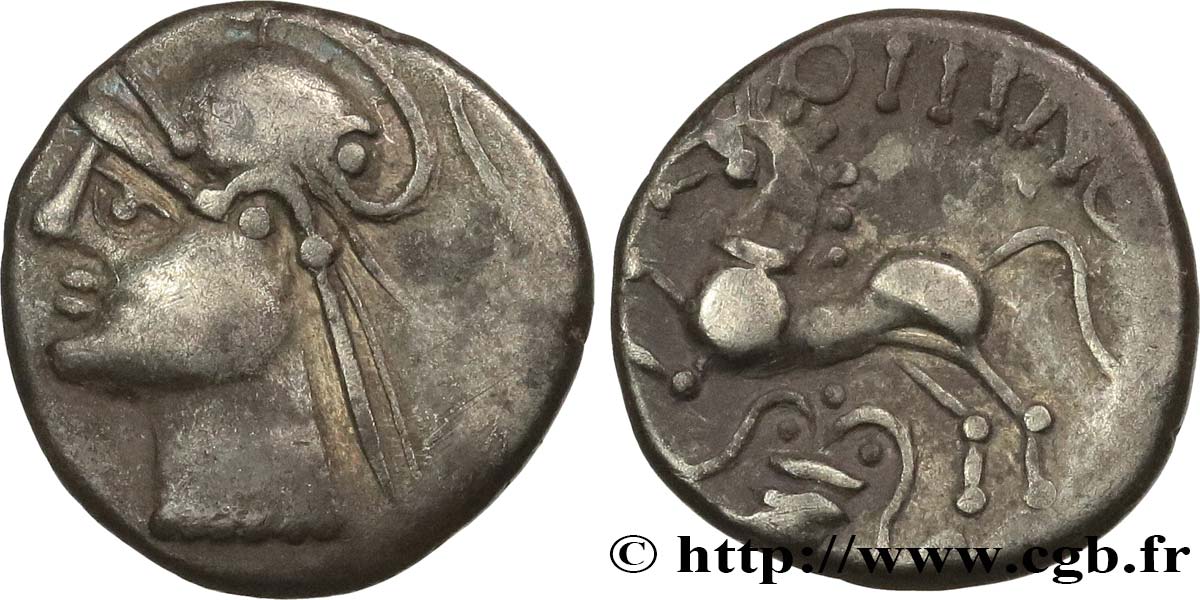
 Report a mistake
Report a mistake Print the page
Print the page Share my selection
Share my selection Ask a question
Ask a question Consign / sell
Consign / sell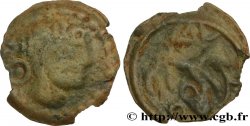
 Full data
Full data